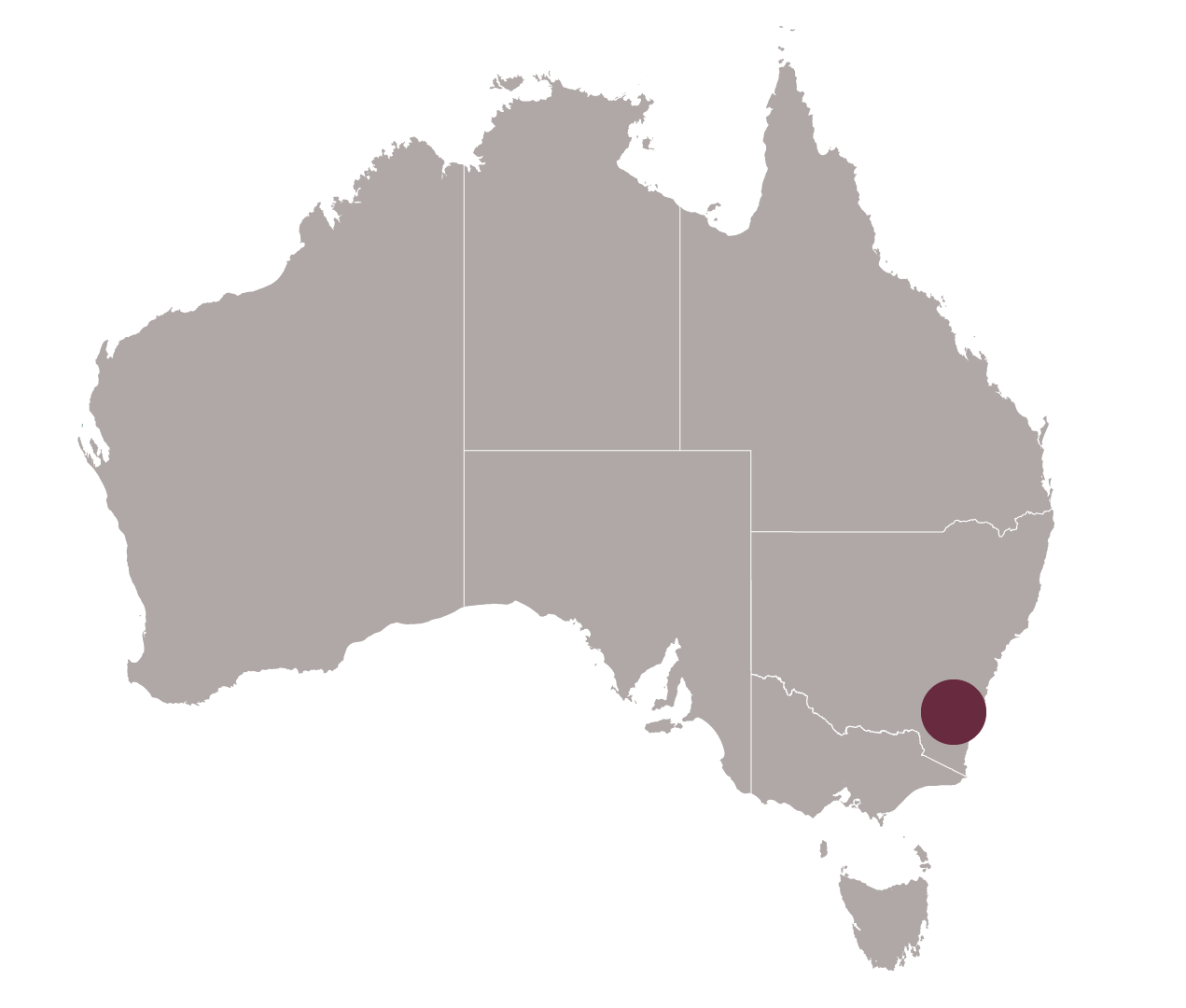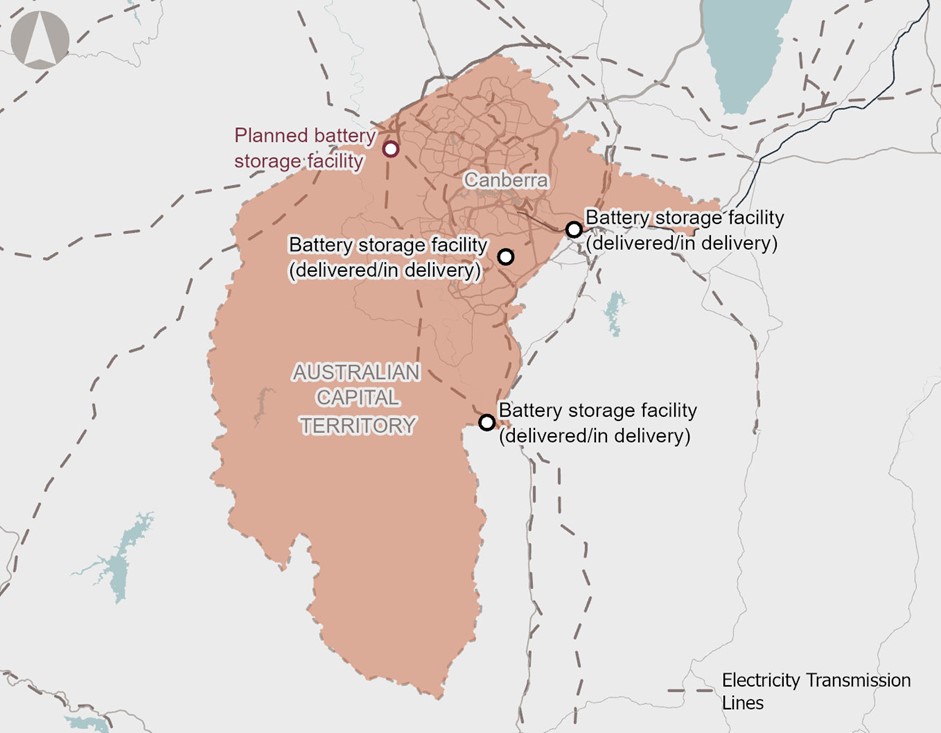

To support growing amounts of renewable energy generation on Australia’s east coast, the National Electricity Market (NEM) requires significant investments in dispatchable energy storage to maintain electricity grid stability and reliability.
This proposal presents an opportunity for the ACT to add new battery storage capacity that would help reduce the risk of power outages and load shedding in the NEM and assist the ACT in electrifying and transitioning away from fossil-fuel consumption with the least amount of interruption and minimal need for network upgrades.
Strategic Fit
This opportunity is closely aligned to the Australian Government’s national target of achieving 82% renewable electricity by 2030. It is consistent with a range of ACT Government policies, including the ACT Climate Change Strategy 2019-25 and ACT Zero Emissions Framework.
Societal Impact
Modernisation of the ACT’s distribution network would help minimise costs to consumers as the ACT transitions from gas heating and fossil-fuel-powered transport to electric heating and electric vehicles (EVs).
The installation and operation of Battery Energy Storage Systems (BESS) in the ACT presents an opportunity to provide access to reliable electricity for those living in the ACT. Additionally, adding new dispatchable capacity would help reduce the risk of power outages and load shedding in the NEM which can have detrimental impacts on network equipment, leading to potential security and reliability issues for those connected to the electricity grid.
However, given the interconnected nature of the east coast electricity market and noting that the problem of firming capacity is relevant to the whole NEM, further work is required to effectively realise the opportunity and assess options that will optimise the benefits of additional BESS in the ACT.
Deliverability
The proponent has listed BESS projects as an appropriate response, which can include utility scale batteries and behind-the-meter and neighbourhood scale batteries which could be delivered as an expansion of an existing government program.
With sufficient transmission capacity and available land near transmission lines, the ACT is well-positioned to integrate both small-scale household and neighbourhood batteries on the distribution network and large-scale batteries on the transmission network.
However, it is likely that a diverse mix of technologies will be required to support the NEM so other feasible responses require investigation prior to identifying a solution.
Proponent to develop potential investment options (Stage 2 of Infrastructure Australia’s Assessment Framework), and complete business case development (Stage 3 of the Framework)
The proponent should investigate and analyse a range of response options that consider a diverse range of technologies to determine the best way for the ACT to support NEM stabilisation as upgrades to its electricity distribution network occur. This could also explore commercial models through revenue generating opportunities associated with participating in the Frequency Control Ancillary Service (FCAS) market.


 EVALUATION COMPLETE
EVALUATION COMPLETE




